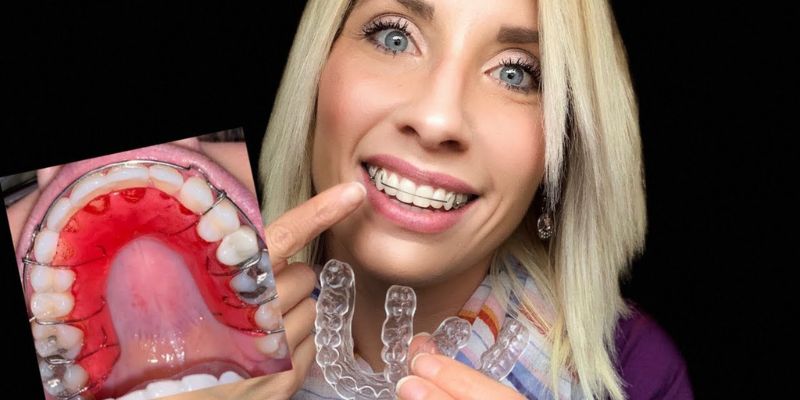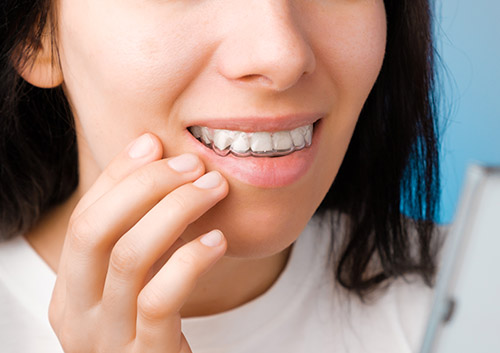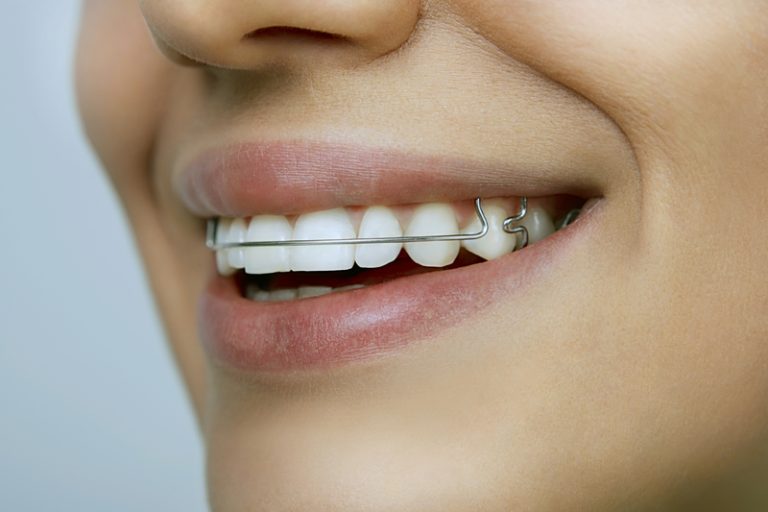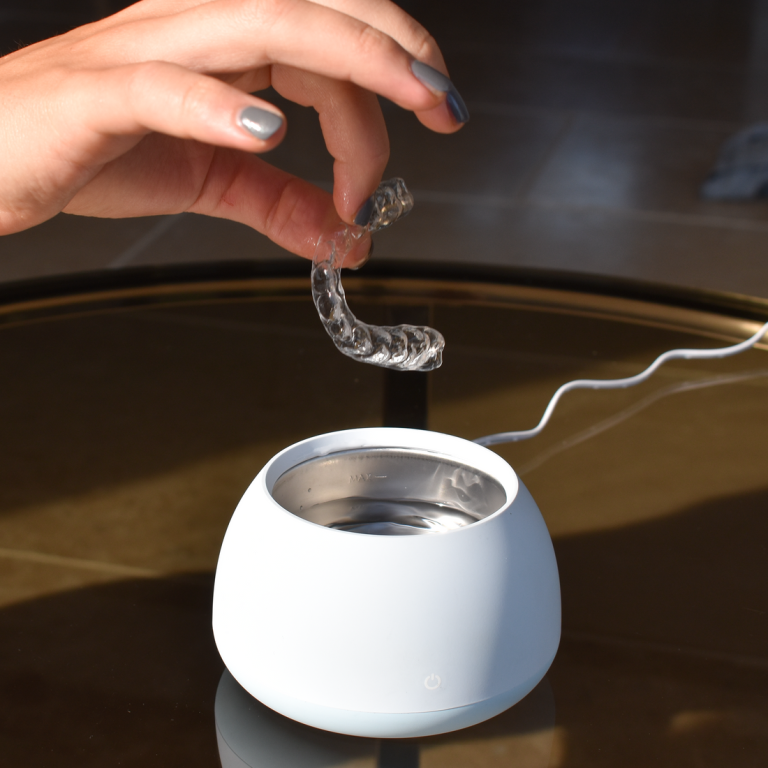How Long Do Retainers Last: Essential Guide to Longevity
Last Updated on 1 month by DR. ALBIN SIPES
Retainers are vital for maintaining your smile after braces. But how long do they last?
Typically, retainers can last anywhere from a few years to over a decade, depending on the type and care. Understanding the lifespan of retainers is crucial for your dental health. Retainers come in various types, each with different durability. Proper care can extend their life significantly.
Neglecting them can lead to damage and costly replacements. In this post, we’ll explore how long different types of retainers last. We’ll also share tips on care to ensure they serve you well. Knowing this helps you maintain your investment and keep your teeth aligned longer. Stay tuned to learn more about retainer longevity and care.
Types Of Retainers
Retainers are essential for maintaining your teeth’s new position after braces. There are two main types of retainers: fixed and removable. Each type has its own benefits and considerations. Choosing the right one depends on your specific needs.
Fixed Retainers
Fixed retainers, also known as permanent retainers, are bonded to the back of your teeth. They are usually made of a thin wire. They are not visible from the front.
Benefits of Fixed Retainers:
- They do not require daily removal.
- They are very effective in keeping teeth in place.
Considerations for Fixed Retainers:
- They can make flossing more difficult.
- They require regular cleaning to avoid plaque buildup.
Removable Retainers
Removable retainers can be taken out and put back in by the user. They come in two main types: Hawley retainers and clear plastic retainers.
Hawley Retainers:
- Made of a combination of metal wires and acrylic.
- They are adjustable by your orthodontist.
Clear Plastic Retainers:
- Made of clear plastic, they are nearly invisible.
- They fit snugly over your teeth.
Benefits of Removable Retainers:
- They are easy to clean.
- You can remove them while eating or brushing.
Considerations for Removable Retainers:
- They can be misplaced or lost.
- They need to be worn as directed to be effective.
Factors Affecting Longevity
Retainers are essential for maintaining your teeth’s new position after braces. But how long do they last? Several factors can affect the longevity of your retainer. Understanding these factors can help you take better care of your device.
Material Quality
The quality of the material used in making the retainer plays a significant role in its durability. Retainers are typically made from clear plastic or acrylic. Clear plastic retainers are less durable and may need replacement sooner. On the other hand, acrylic retainers with metal wires tend to last longer.
Choosing a retainer made from high-quality materials ensures it withstands daily wear and tear. Investing in a durable retainer can save you from frequent replacements.
Oral Hygiene
Maintaining good oral hygiene is crucial for the longevity of your retainer. Brushing and flossing your teeth regularly prevents plaque buildup. A clean mouth means a cleaner retainer.
Additionally, cleaning your retainer daily is essential. Use a soft toothbrush and mild soap. Avoid using hot water as it can warp the retainer. Proper care can extend the life of your retainer significantly.
Here is a simple cleaning routine:
- Rinse the retainer with lukewarm water.
- Use a soft toothbrush to scrub away debris.
- Dry it thoroughly before storage.
Remember, a well-maintained retainer lasts longer and performs better. Taking these steps can help ensure your retainer serves you well for years.
Daily Care Tips
Ensuring your retainers last long depends on how well you care for them daily. Proper maintenance is key to maintaining their effectiveness and hygiene. Here are some essential daily care tips to keep your retainers in top condition.
Cleaning Routine
Cleaning your retainers daily prevents plaque buildup and keeps them fresh.
- Brush your retainers gently with a soft toothbrush.
- Use mild soap or retainer cleaner; avoid toothpaste.
- Rinse with lukewarm water; avoid hot water.
- Soak in a retainer cleaning solution once a week.
Remember, a clean retainer is a healthy retainer.
Storage Solutions
Proper storage prevents damage and loss of your retainers.
| Situation | Storage Solution |
|---|---|
| At Home | Store in a clean, dry case. |
| While Eating | Place in a secure container. |
| Traveling | Use a ventilated retainer case. |
Always store your retainers in their case when not in use. This prevents damage and keeps them safe.

Signs Of Wear And Tear
Retainers are essential for keeping your teeth in place after braces. Over time, you may notice some signs of wear and tear. Knowing these signs helps you maintain your retainer and ensure it works correctly.
Visual Inspection
A thorough visual inspection can reveal many signs of wear. Look for any cracks or breaks in the retainer. Check if any parts of the retainer have become discolored or stained. This might indicate that the material is wearing out. If you see any bent wires, this is a clear sign of damage. Ensure the retainer still fits snugly around your teeth.
| Signs | What to Look For |
|---|---|
| Cracks or Breaks | Visible lines or splits in the material |
| Discoloration | Yellowing or dark spots |
| Bent Wires | Wires that are not straight |
| Fit | Retainer not snug around teeth |
Comfort Levels
The comfort level of your retainer is crucial. If your retainer feels uncomfortable or causes pain, it might be worn out. A well-fitting retainer should not cause irritation to your gums or cheeks. You might notice that your retainer feels loose or does not fit as well as it used to. This can be a sign that it has warped or is no longer effective.
- Retainer feels uncomfortable or painful.
- Causes irritation to gums or cheeks.
- Retainer feels loose or does not fit well.
Regularly checking for these signs ensures your retainer remains effective. Addressing wear and tear early can help prolong its life and keep your smile perfect.
When To Replace Retainers
Retainers are essential for maintaining the alignment of your teeth after braces. Over time, they may need replacement. Knowing when to replace your retainer is crucial for keeping your smile perfect. Here are signs to watch for.
Frequent Breakage
If your retainer breaks often, it’s time for a new one. Retainers can wear out, especially with regular use. Frequent breakage means the material is weakening. This can affect the retainer’s effectiveness.
Here are some signs of breakage:
- Cracks in the plastic
- Loose wires
- Pieces breaking off
Address these issues quickly. A broken retainer won’t keep your teeth aligned.
Loss Of Fit
A retainer must fit well to work correctly. Over time, it may lose its shape. A poor fit can result from:
- Changes in your mouth
- Improper cleaning
- Accidental damage
Signs your retainer has lost its fit:
- It feels loose
- It causes discomfort
- It doesn’t stay in place
If your retainer no longer fits, it’s time for a replacement. A well-fitting retainer is essential for maintaining your dental alignment.

Extending Retainer Life
Retainers are crucial for maintaining your beautiful smile after braces. But how long do retainers last? Proper care can significantly extend their lifespan. Let’s explore some effective strategies for extending retainer life.
Regular Check-ups
Regular check-ups with your orthodontist are vital. They help ensure your retainer is in good condition. Schedule visits every six months. During these check-ups, the orthodontist can spot potential issues early. Early detection can prevent damage and prolong the life of your retainer.
Proper Handling
Proper handling is essential. Always remove your retainer with clean hands. Avoid using too much force, which can cause cracks. When not in use, store it in a protective case. This keeps it safe from damage.
Here are some tips for proper handling:
- Always use both hands to remove your retainer.
- Rinse it with lukewarm water, not hot water.
- Avoid exposing it to direct sunlight or heat.
By following these guidelines, you can ensure your retainer lasts longer. Proper care and handling will keep your smile in perfect shape.
Cost Of Replacement
Retainers are essential for maintaining your perfect smile after braces. They can last for several years with proper care. But sometimes, they need to be replaced. The cost of replacement can vary based on several factors.
Average Expenses
Replacing a retainer can be costly. On average, it costs between $150 and $500. The price depends on the type of retainer. There are three main types:
- Hawley Retainers: $150 – $300
- Clear Plastic Retainers: $100 – $250
- Permanent Retainers: $250 – $500
Hawley retainers are more durable and adjustable. Clear plastic retainers are less visible but may need more frequent replacement. Permanent retainers are fixed and may need professional removal.
Insurance Coverage
Dental insurance may cover some or all of the replacement costs. Check with your provider to see what is included. Some plans cover the full cost, while others only cover a portion.
Here is a simple comparison:
| Insurance Type | Coverage |
|---|---|
| Full Coverage | 100% |
| Partial Coverage | 50% – 80% |
| No Coverage | 0% |
Contact your insurance company to understand your benefits. Always ask about any limitations or exclusions in your plan.
Retainer Alternatives
Retainers are essential for maintaining straight teeth after orthodontic treatment. But how long do retainers last? Sometimes, you might need an alternative to traditional retainers. Let’s explore two popular retainer alternatives that ensure your smile stays perfect.
Invisalign
Invisalign offers a clear alternative to traditional metal retainers. These aligners are custom-made to fit your teeth. They are nearly invisible, making them a discreet choice.
- Comfortable to wear
- Easy to clean
- Removable for eating and brushing
With Invisalign, you get a snug fit that keeps your teeth in place. They are ideal for those who prefer a low-maintenance option. Plus, you can get new aligners if your current set wears out.
Clear Aligners
Clear aligners are another great alternative to traditional retainers. Similar to Invisalign, these aligners are custom-made. They are designed to be transparent and fit snugly over your teeth.
| Feature | Benefit |
|---|---|
| Transparency | Nearly invisible |
| Custom Fit | Comfortable and effective |
| Removable | Easy to maintain oral hygiene |
Clear aligners offer a seamless way to keep your teeth straight. They are durable and can be replaced if needed. This makes them a practical option for long-term use.

Conclusion
Retainers play a crucial role in maintaining your smile. Their lifespan varies. Regular check-ups help ensure they last longer. Proper care is essential. Clean them daily and handle with care. Store them safely to avoid damage. Consult your orthodontist for any concerns.
Retainers protect your investment in your smile. Keep them in good condition for the best results.



